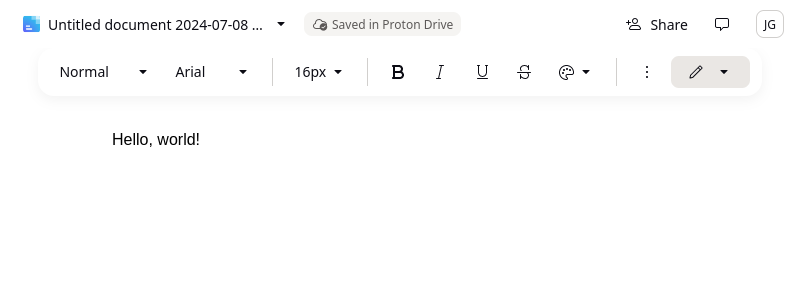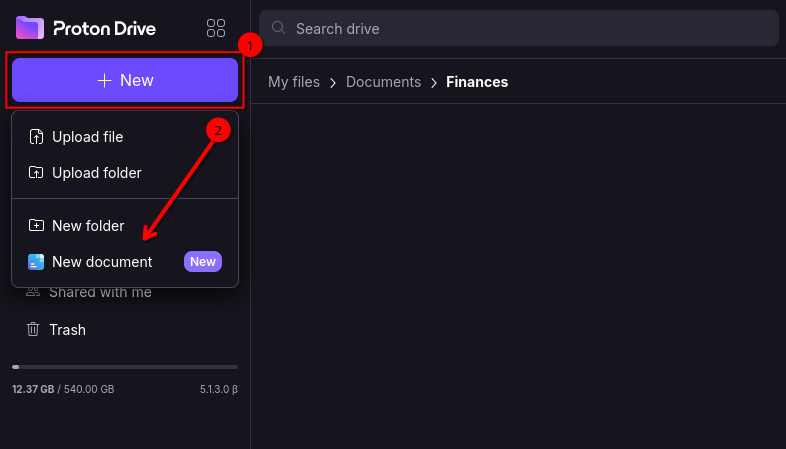Key Takeaways
- Proton Docs doesn’t include generative AI features, unlike competing apps.
- It’s a cloud-based document editor with privacy benefits and doesn’t process user data for training.
- Proton Docs is free with an account and offers basic editing capabilities, with additional features expected in the future.
Almost every app these days has gotten some kind of generative AI feature. They vary in usefulness, but skew, in my experience, in the useless direction. That’s why I was thrilled to see Proton debuted their Docs feature this week with a glaring omission: generative AI.
Of course, Docs at its debut is bare-bones in general as a document editor. You can make basic formatting changes and export as the file type you want, but it certainly isn’t as feature-rich as the web versions of Microsoft Word or Google Docs. Still, they could have shoe-horned in a half-baked generative widget like so many other companies are doing to make themselves look cutting-edge. Proton didn’t do that, and I’m grateful for it.
In my experience, generative text features are only useful if what you’re writing needs to be predictable in content and sterile in tone. That’s a rare need in my workflow and daily life, so I don’t feel I’m missing much by using Proton Docs. Those menu options other apps have with the little “stars” icon that, for some reason, signifies generative AI have become an eyesore to me; there’s nothing celestial about those tools.
Proton Docs has the added benefit of being a cloud-based word processor that doesn’t process my words for LLM training. Writing is a way of thinking, and it doesn’t feel good to know my thoughts are being used to build a product that someone else is selling. Then there’s the privacy issue: can I trust the people doing the processing to keep my data safe? Can I trust that the model being trained can never spit out personally-identifying info about me? These questions run through my head anytime I type somewhere I know data is being collected for training.
Aside from that, I’m generally optimistic about the direction of the Proton suite. For about five years, Proton’s email and VPN services have been mainstays for me. In that time I’ve had to stick to Google Docs when I needed a collaborative, cloud-based word processor. So I’m looking forward to using Proton Docs as an alternative, and without any pop-ups begging me to let a machine write for me.
How to Edit Documents With Proton
You don’t have to pay to try out Proton’s Docs feature. You just need to create an account and go to the Proton Drive website. Click the big “New” button followed by “New Document.”
You’re then in the document edit mode and can start writing. You can also upload documents made in another editor and click “Open in Docs.” There’s no support for ODT documents yet, but again, there’s still more to come with Proton Docs—just hopefully not involving generative AI.






